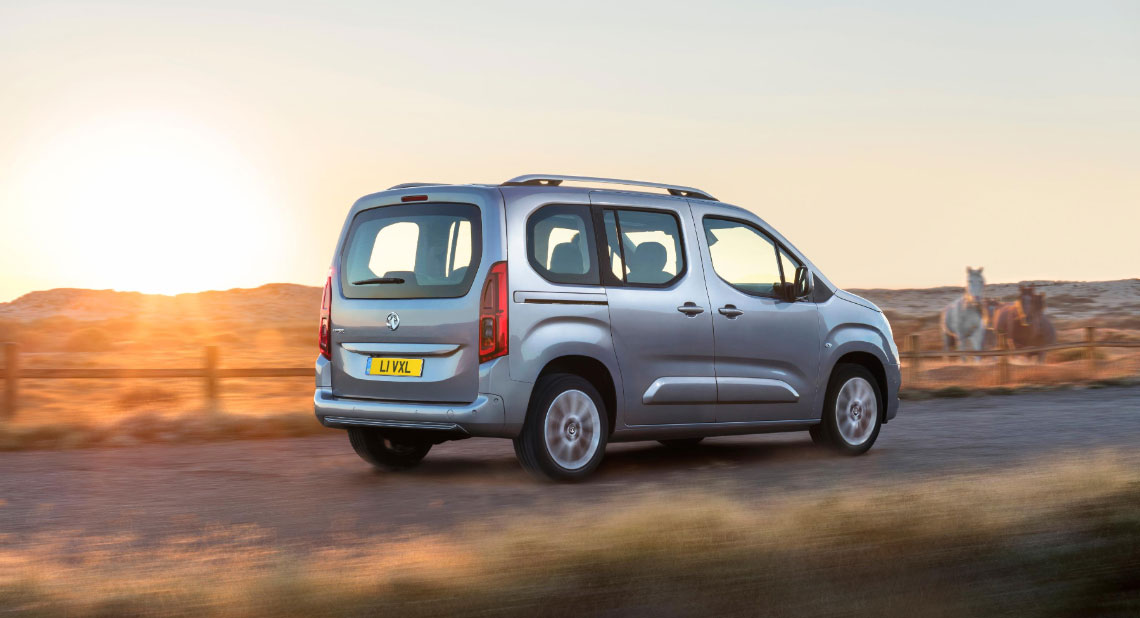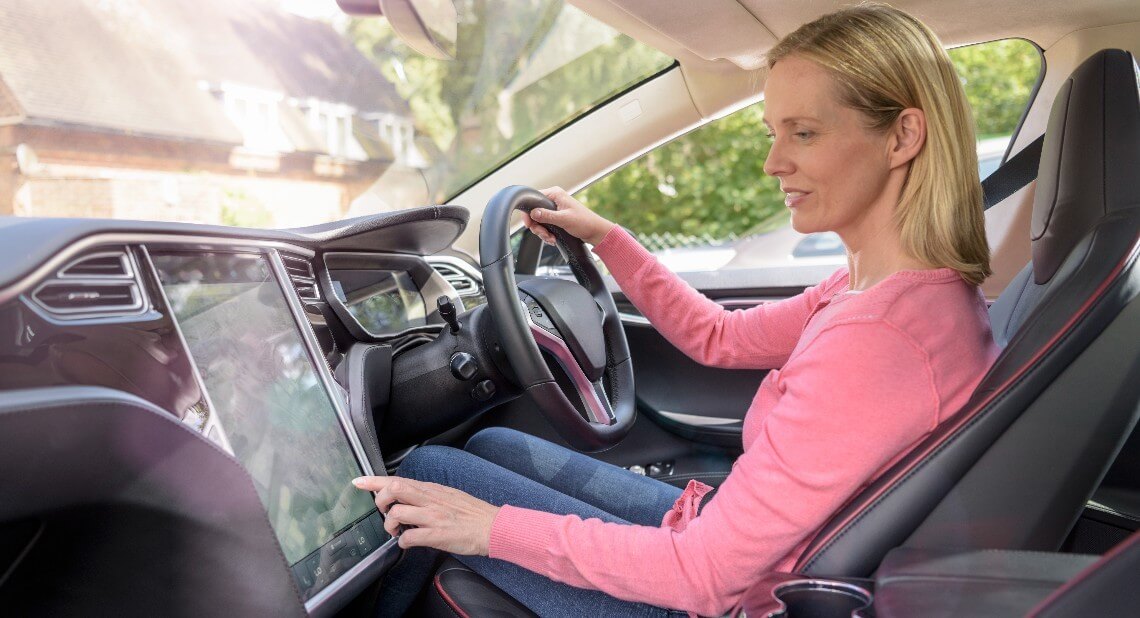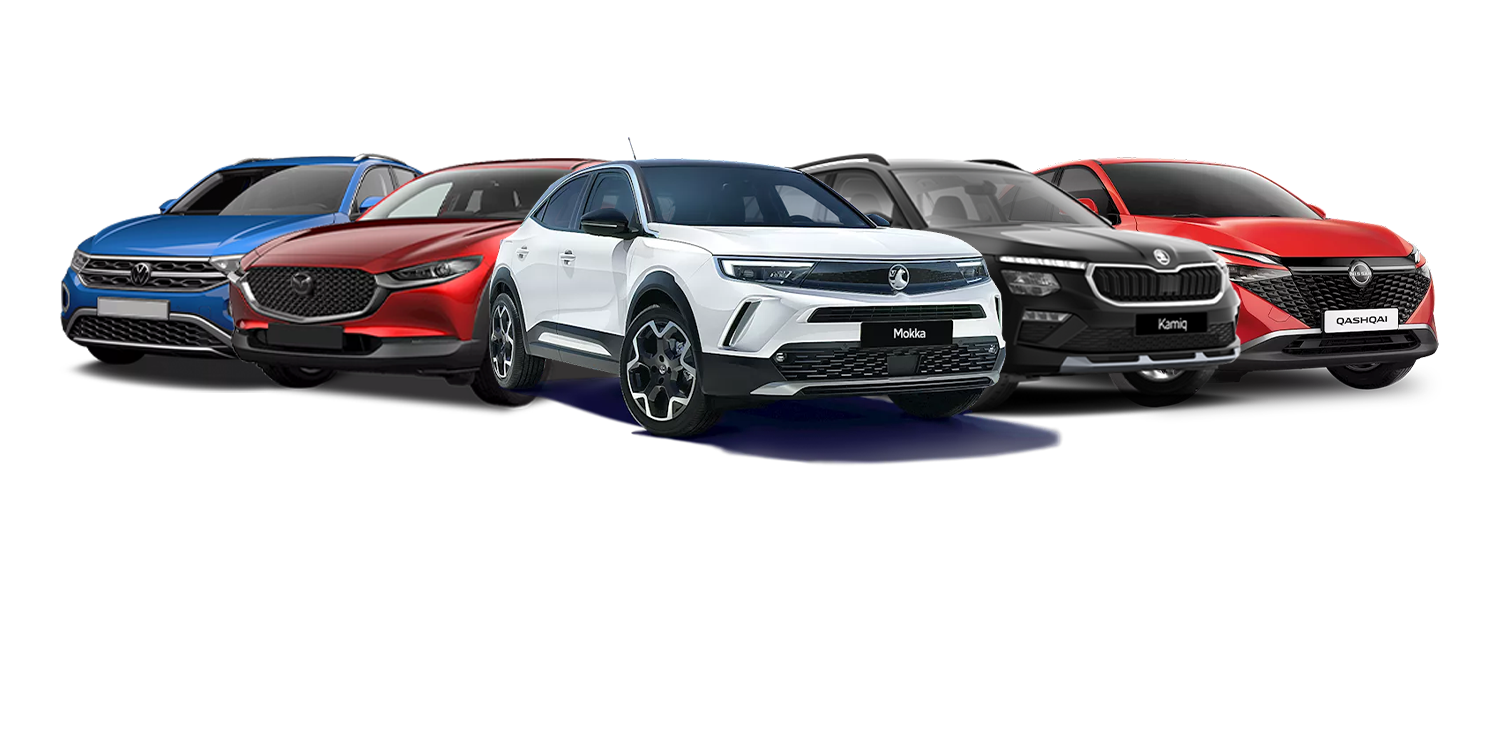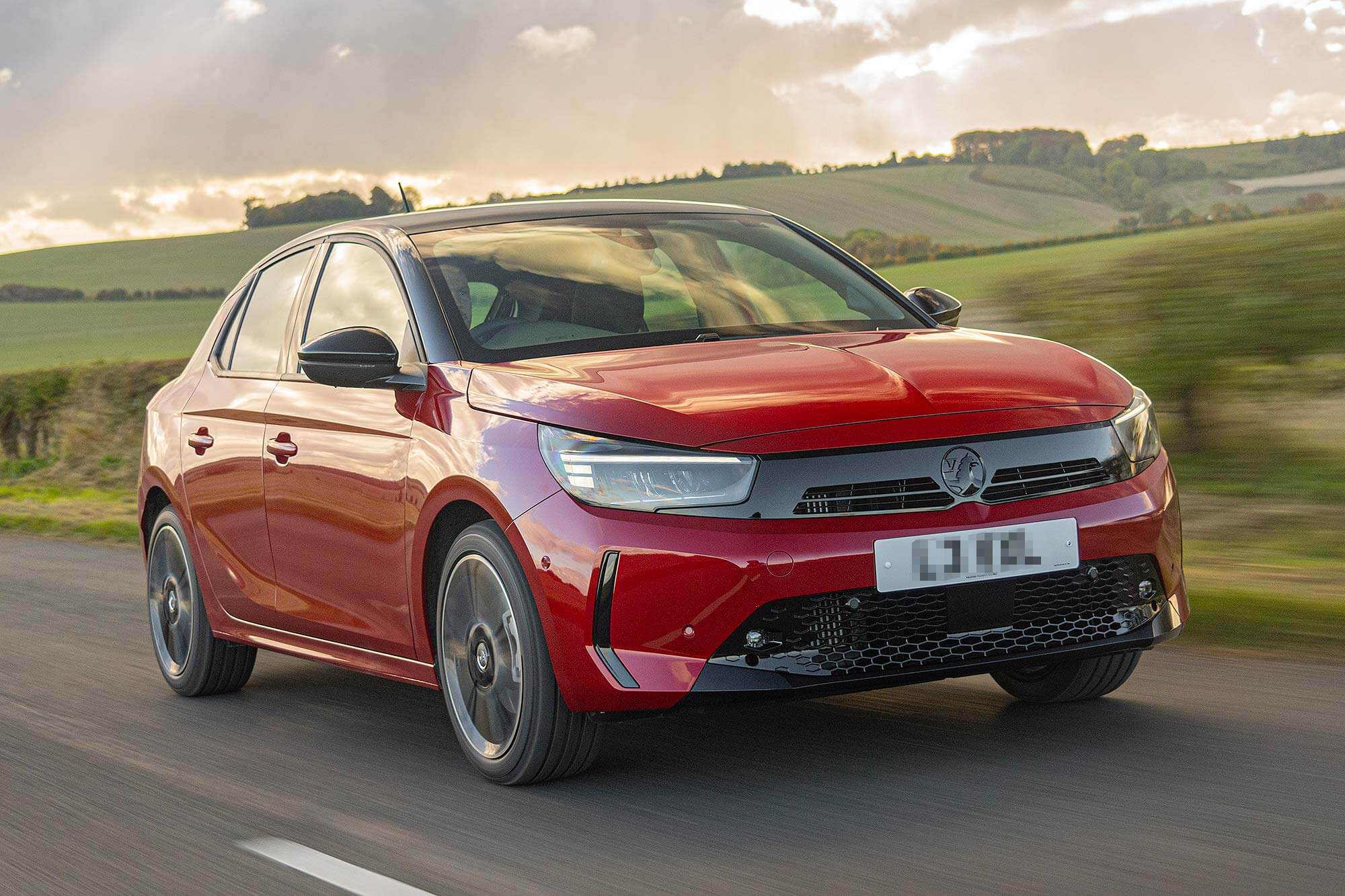Since 1997, the safety standards of new cars sold across Europe have been monitored by an organisation called the European New Car Assessment Programme (Euro NCAP). By creating an independent, standardised assessment of safety levels, Euro NCAP has been instrumental in driving up safety standards in all new cars brought to market. By using a five-star rating system, it has also made it possible for us to compare the safety standards of vehicles against each other to make more informed decisions. The following answers will help you understand how Euro NCAP works and why you should factor their rating in when considering any car.
What is a Euro NCAP safety rating?
The Euro NCAP rating runs from zero to five stars and reflects the crash protection offered by almost every new car on sale across Europe. Any car awarded a five-star rating has the highest levels of crash protection and is equipped with the most sophisticated crash avoidance technology. A car with a zero-star rating is likely to just meet the minimum legal safety requirements.
Does Euro NCAP test every new car?
It is not possible for the organisation to test every car or variant that comes to market. Instead, Euro NCAP selects the most popular models on the market, purchases up to four of the vehicles anonymously, and tests them under laboratory conditions.
In most cases, NCAP tests cover cars that are just entering the market, but they also test cars that are already on sale. There is no legal requirement for manufacturers to have their cars tested by Euro NCAP, but the vast majority choose to undergo testing.
How much do Euro NCAP ratings matter?
The Euro NCAP ratings are essential for anyone who takes their safety, the safety of their passengers, and the safety of other road users seriously.
The rating is an accurate method of ranking car safety, though it cannot be considered definitive. New technologies are being launched all the time that may not be reflected in every rating, but NCAP covers the vast majority of technological safety features found in new cars. As a result, you should always compare statistics if you are looking to buy or lease a new car.
What do Euro NCAP tests cover?
The ratings have evolved significantly since 1997, keeping pace with the ever-evolving technology found in new cars. Today, the ratings score across four areas: Adult Occupant Protection [for driver and passenger], Child Occupant Protection, Vulnerable Road Users [including cyclists], and Safety Assist. Tests cover a wide range of impact scenarios, including head-on crashes and side impacts, and assess how effective a car’s safety systems are in the event of a collision.
NCAP upgraded its tests for 2023, adding a requirement that windows and doors can still be opened if the car is submerged in water, and demanding sensors that call the police if drivers accidentally leave their child or children in the car. As technology continues to evolve, it’s expected that future tests will require sensors that detect a driver’s vital signs and alert the emergency services if they sense a problem.
How influential are Euro NCAP safety ratings?
The program has had significant influence and has been credited with helping to raise safety standards in car design. For example, in early testing, the Rover 100 only scored one star in Euro NCAP testing and was withdrawn from sale shortly after.
Figures released by the AA in 2019 stated that more than 78,000 lives have been saved across Europe since the introduction of Euro NCAP in 1997. ‘Euro NCAP continues to be a catalyst for continuous safety improvements in passenger vehicles through its rating program,’ states the organisation. ‘As mobility evolves through developments in technology and society, so do Euro NCAP’s rating requirements.’
How Euro NCAP ratings work
In simple terms, the more stars a car has, the safer the car is. A high number of stars reflects that not only did the car perform well in safety testing, but that safety equipment on the model tested is readily available to all consumers.
A car that only just meets the minimum legal safety requirements would not be eligible for any stars, while a one-star car will have “marginal crash protection and little in the way of crash avoidance technology.” It’s important to know that a car that rates poorly is not necessarily unsafe, but that it hasn’t rated as well for safety as its competitors.
Cars that have been rated receive a score that is valid for six years. Manufacturers are encouraged to have the model re-evaluated after this period. The more recent the rating, the more accurate it will be. You can check a car’s Euro NCAP safety rating, by visiting Euro NCAP.
Why do some cars have two Euro NCAP ratings?
From April 2016, the same vehicle can have two different star ratings: one for the base vehicle fitted with safety features that are common across the whole of Europe, the second for an optional, upgradeable safety pack.
About the Scheme
The Motability Scheme makes leasing a car an easy, hassle-free experience. With the Scheme, you can exchange part or all of your qualifying mobility allowance to lease a brand-new vehicle of your choice. Insurance, breakdown assistance, servicing and maintenance are already arranged and included, so you can enjoy the freedom that comes with a worry-free lease.
Related articles
Vehicle-to-Grid EV charging: what is it and how does it work?
Your guide to a safe autumn drive
Everything you need to know about dashcams
![]()







